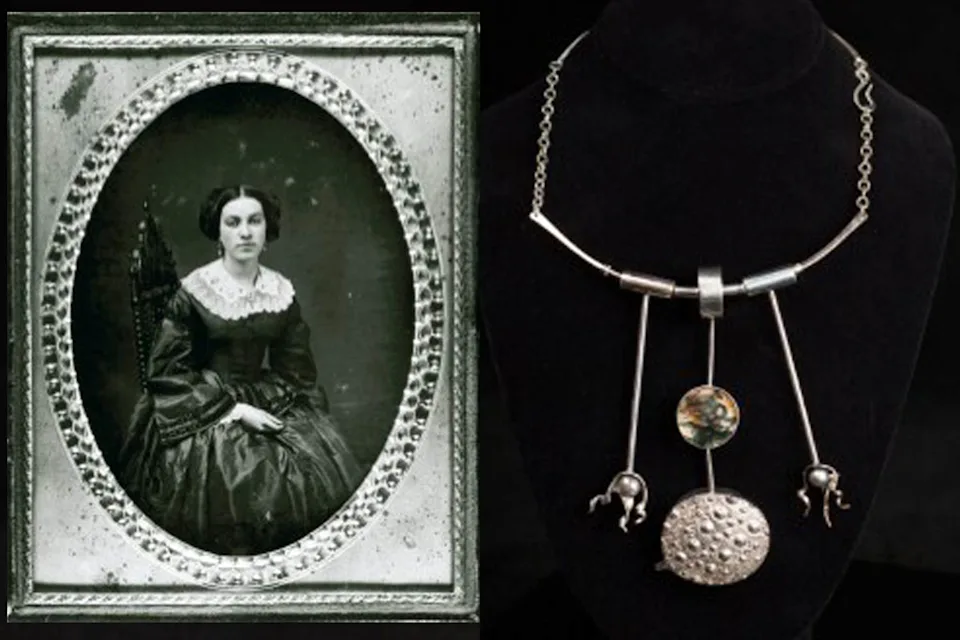A California museum suffered a devastating theft when thieves broke into an off-site storage facility and stole more than 1,000 items. The raid occurred early on October 15, 2025, at an Oakland Museum of California storage unit. The missing pieces include metalwork jewelry, Native American baskets, scrimshaw walrus tusks, campaign pins, athletic trophies, and historical memorabilia. The museum director described the theft as a loss not only to the institution but also to the entire community.
Investigation and Art Crime Response
Law enforcement is treating this as a major cultural crime. Police in Oakland launched an investigation, while the FBI’s Art Crime Team joined efforts to recover the stolen goods. Investigators believe the thieves acted opportunistically rather than targeting specific pieces. They are actively monitoring online platforms and pawn shops for any trace of the artifacts. To boost recovery chances, the museum publicly disclosed the theft and encouraged people to report tips.
Cultural and Community Impact
This heist represents more than the loss of physical artifacts. Many of the stolen items were donated over generations and hold deep cultural and historical significance. Museum officials said the theft disrupts the public’s connection to California’s past. They remain hopeful that community awareness and quick reporting will lead to the safe return of the pieces. However, experts warn that some artifacts may already be in private collections or hidden markets.
Conclusion
The Oakland museum heist underscores the growing threat to cultural preservation. With over 1,000 artifacts missing, the scale of the theft has shaken both the art world and local residents. Law enforcement continues to pursue leads, and the museum is working closely with federal agents to secure recovery. The case highlights the urgent need for stronger cultural asset protection and collective vigilance to safeguard national heritage.



